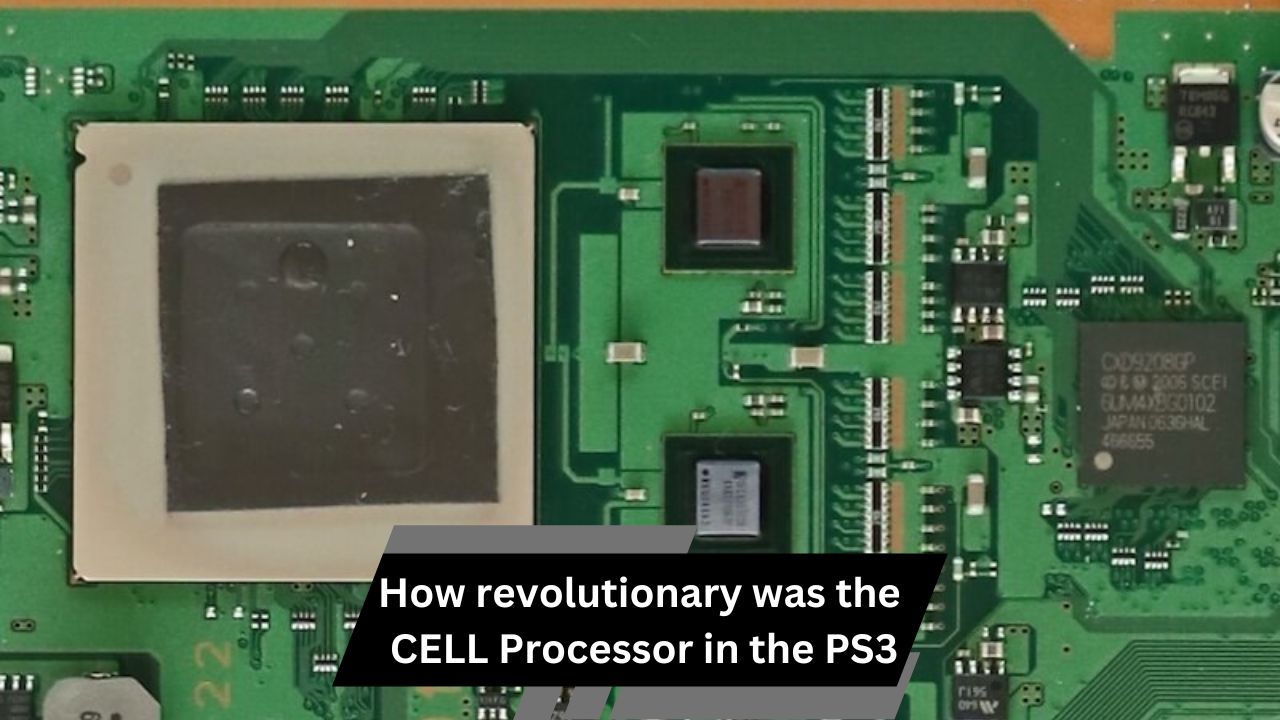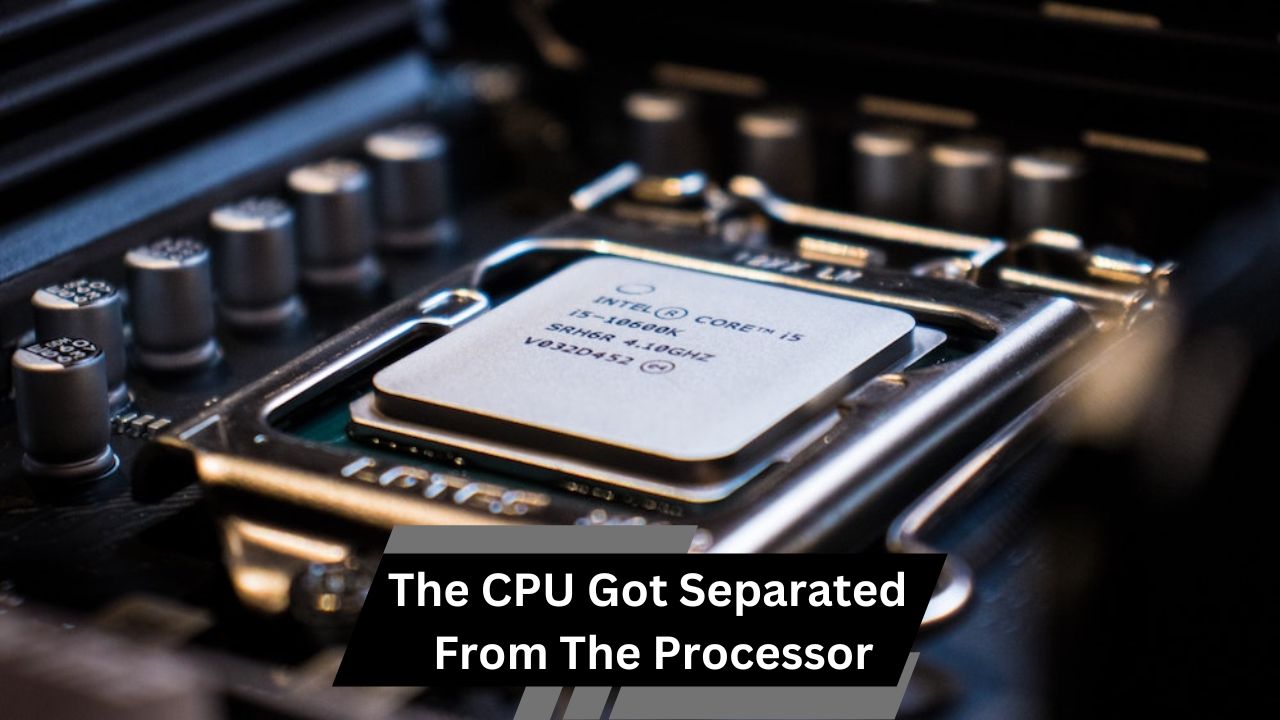The PS3’s CELL processor was groundbreaking with its parallel computing power, but its complexity made it hard for developers to fully optimize, resulting in mixed outcomes.
The PlayStation 3 (PS3), launched by Sony in 2006, introduced the world to the CELL processor, a groundbreaking piece of technology that aimed to redefine gaming and computing. The CELL processor was hailed as revolutionary, boasting unparalleled computational power and an innovative architecture. However, its impact on gaming and the tech industry as a whole sparked debate. Let’s explore how revolutionary the CELL processor really was in the context of the PS3.
Introduction to the CELL Processor:
The CELL processor was a joint development between Sony, IBM, and Toshiba, designed to deliver exceptional performance for both gaming and general computing tasks. With its unique architecture, the CELL processor stood apart from traditional CPUs, featuring a central Power Processing Element (PPE) and eight Synergistic Processing Elements (SPEs). This design enabled it to handle complex computations and parallel processing, making it ideal for gaming, multimedia, and even scientific applications.
Innovative Architecture:
The CELL processor’s architecture was its most revolutionary aspect. At a time when most CPUs relied on a single-core design or early multi-core implementations, the CELL processor was equipped with one general-purpose core (PPE) and multiple specialized cores (SPEs).
These SPEs could handle specific tasks such as physics simulations, AI, and graphical computations, effectively distributing the workload. This parallel computing model provided a significant leap in raw power. However, while the architecture was groundbreaking, it presented a steep learning curve for developers unfamiliar with the complex structure.
Performance Capabilities:

In terms of sheer computational power, the CELL processor was ahead of its time. It offered up to 200 GFLOPS (floating-point operations per second), which, in 2006, was significantly higher than what most gaming consoles and even some PCs could offer. This allowed the PS3 to deliver rich, immersive graphics, realistic physics, and high-performance gaming experiences.
Outside of gaming, the CELL processor was also used in high-performance computing applications. It found a place in supercomputers like IBM’s Roadrunner, which became the first petaflop supercomputer, using CELL processors to achieve groundbreaking speeds.
Impact on Gaming and Graphics:
The CELL processor was pivotal in pushing the boundaries of what was possible in gaming during the PS3 era. Games such as Uncharted, The Last of Us, and Killzone 2 showcased the incredible potential of the CELL architecture. These games featured lifelike graphics, complex environments, and advanced AI, thanks to the processor’s ability to manage heavy computational tasks simultaneously.
However, the complexity of the CELL architecture posed a challenge for game developers. Many struggled to optimize their games to fully harness the power of the CELL processor, which resulted in some multi-platform games running better on competing consoles like the Xbox 360. The steep learning curve limited the processor’s full potential from being realized in every game.
Challenges Faced by Developers
While the CELL processor was powerful, it was notoriously difficult to develop for. The SPEs, which were responsible for handling most of the heavy lifting, required specialized programming to fully utilize. This led to longer development cycles, increased costs, and a divide between developers who could master the technology and those who couldn’t.
Many third-party developers found it easier to develop games for other platforms with more conventional architectures. As a result, some multi-platform titles were inferior on the PS3, as developers didn’t always have the time or resources to optimize their games for the CELL processor’s unique design.
The CELL Processor Beyond Gaming
The CELL processor wasn’t just limited to the PS3. Its advanced capabilities found applications in a variety of industries, showcasing its versatility. In 2008, IBM used CELL processors in their Roadrunner supercomputer, which became the fastest supercomputer in the world at the time.
Moreover, the processor was employed in medical research, simulations, and other high-performance computing tasks. This highlighted the CELL’s potential beyond gaming, proving that it was a powerful piece of technology that could revolutionize computing in multiple domains.
Comparing CELL to Modern Processors:
Comparing the CELL processor to modern processors highlights both its innovative nature and its limitations. Today’s gaming consoles, like the PlayStation 5, use more conventional multi-core CPUs based on x86 architecture. These processors are easier to program for and offer a better balance between performance and ease of development.
However, the legacy of the CELL processor lives on in its influence on parallel computing and multi-core processing. Many of the ideas behind the CELL, such as task-based processing and parallelism, are now standard in modern processors, though implemented in a more developer-friendly way.
The End of the CELL Era:
Sony opted not to use the CELL processor in the PlayStation 4 (PS4), which marked the end of the CELL’s era in gaming. The shift to a more traditional x86 architecture in the PS4 was a direct response to developer feedback, aiming to make game development more accessible and streamlined. Despite its power, the CELL processor’s complexity ultimately hindered its long-term success in the gaming industry.
However, the CELL processor left a lasting mark on computing history. Its pioneering architecture helped advance parallel processing techniques, influencing the design of future CPUs and GPUs.
Legacy and Influence on Future Technologies:

Despite its challenges, the CELL processor paved the way for future advancements in parallel computing and multi-core processors. Its influence can be seen in modern gaming consoles, high-performance computing, and even AI and machine learning technologies that rely heavily on parallel processing.
Today, processors are designed with a balance between performance and usability, taking lessons from the CELL processor’s revolutionary yet complex architecture. Its legacy lies in the ongoing evolution of CPUs and GPUs that power both gaming consoles and advanced computing systems.
FAQ’s:
1. What made the CELL processor revolutionary?
The CELL processor’s unique architecture with one general-purpose core and eight specialized cores allowed for advanced parallel processing.
2. Why was the CELL processor challenging for developers?
Its complex architecture required specialized programming, making it difficult for developers to optimize games for the PS3.
3. How did the CELL processor impact gaming?
It enabled rich, immersive graphics and advanced physics in games, but not all developers could fully utilize its power.
4. Did the CELL processor have applications outside gaming?
Yes, it was used in high-performance computing tasks, including supercomputers like IBM’s Roadrunner.
5. Why didn’t Sony use the CELL processor in the PS4?
Sony switched to a more developer-friendly x86 architecture to simplify game development for the PS4.
Conclusion:
The CELL processor was undeniably revolutionary, setting new standards for computational power and parallel processing in gaming and beyond. However, its complexity also proved to be its downfall in the gaming industry, as developers struggled to fully utilize its potential.




